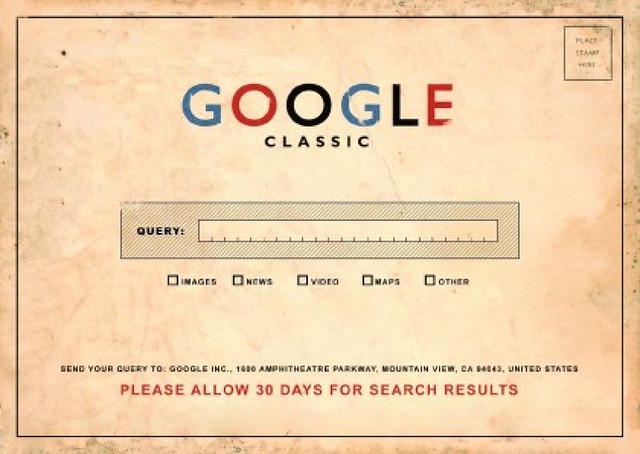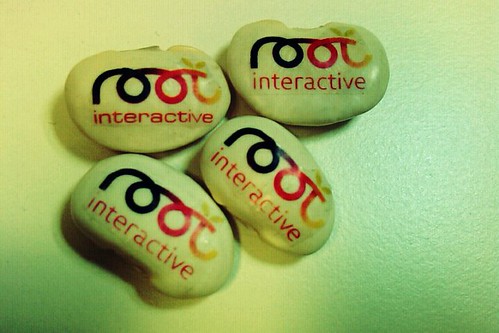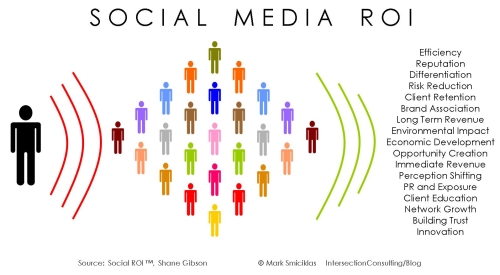Firstly, a disclaimer: I’m not an expert on Pandemic Marketing. This is just the stuff I’m going to do. If I can focus for longer than 30 seconds.
You’re probably feeling the same: how the hell do you carry on marketing in the midst of a pandemic?
Trying to sell products when so many people are suffering can feel inappropriate, insensitive and crass.
Who can focus on shopping when we’re worried about our futures?
But, this doesn’t mean that all business should cease because of the pandemic.
After all, businesses aren’t just corporate cash-sponges; they’re also lifelines and livelihoods. Some companies are delivering essential services and supplies. Others are keeping people afloat.
And that’s not to mention the other things that companies contribute to our lives, like the social connections, structure, support and a sense of purpose.
Now is probably not the time to badger people to buy your snake oil.
But now is a good time to reflect on the business you are building, and how you can support customers now, and as we emerge from this crisis.
Here are a few ideas for the kinds of marketing activity you can do right now. These ideas are fairly generic, and could, in theory, be applied to any business, all the way from solo freelancers to global corporations.
Help first. Sell second.
What can you do to help your customers?
Now is not the time to send a bland email about hand-washing, but there may be genuinely useful information or support you can offer to your customers.
For example, you might be able to offer a discount, or different payment terms, or an additional feature or function that has particular relevance right now. Think about the challenges your customers are facing right now. They are likely to be experiencing some health anxiety and stress. And they may be working in unusual settings, or trying to juggle work with childcare. Plenty more will be suffering financially. And in the midst of the all the stress and uncertainty, plenty of people will be trying to focus on demanding projects – or serving their communities in the face of unprecedented danger.
In these conditions, what can you do to help?
The answer might be: “not much”.
And that’s fine. You may just need to focus on surviving and worry about thriving later.
Focus on your current customers
Existing customers are commonly neglected by marketers.
We all tend to look around for new customers, and forget that our existing customers might be interested in buying additional products or services from us.
It might not feel appropriate to focus your marketing on your existing customers at the present moment, but you can do other things to strengthen relationships with your existing customers.
You could…
- Improve help and support content (maybe produce screencasts or how-to videos)
- Celebrate customers in case studies
- Interview customers to find out what they need
- Refine product copy
- Run user groups
- Create a user podcast or webinar series to help share tips and best practices
Volunteer
If your own marketing is reduced or paused during the Covid-19 crisis, could some of your colleagues be redeployed on other projects?
Could they support a local charity or perhaps design your corporate response to the crisis?
Post-crisis planning
It’s impossible to know what kind of world we’ll encounter when the virus subsides, but it’s likely that we’ll gradually return to normal.
How can your business position itself for success?
This may seem crass, but businesses will want to get organised so they can recover for their employees, their customers and their suppliers.
This might involve preparing several scenarios based on different levels of activity. For example, your business might take 6, 9 or 12 months to fully recover to a post-pandemic position. And in that time, you may need to operate on reduced income. Or with fewer customers. Some of your services and products may be favoured over others. You may need to pivot to a different operating model, particularly if you serve the public directly (such as in travel, retail, events or hospitality).
How could Covid-19 change public behaviour in the long term?
Will people remain sensitive to pandemic-induced behaviours, such as social distancing, frequent hand-washing and the avoidance of shared surfaces (e.g. petrol pumps, digital kiosks and credit card terminals)?
Will your business need to continue some of these new safety measures?
These are the kinds of questions your marketers could try to address. Countries like China and South Korea may offer clues about the long-term impacts of Covid-19 and how societies and economies rebound once quarantine ends.
Improve your website and content
When was your website last updated?
Now might be the perfect time to review your content.
A few things to check for:
- Accuracy. Are all the product and service details up-to-date?
- Consistency. Do you use the same terminology throughout?
- Voice. Does every page sound like it was written by the same author?
- Gaps. Is anything missing? Are there any common customer questions or concerns you could address?
- Function. Does every button produce the desired action? Are all links live?
- Pandemic-friendly. Coronavirus is making many things look deeply weird. For example: shaking hands. Sitting too close. Sharing food. Meeting for coffee. Leaving the house. Is there anything on your website, brochures or comms that suddenly seems all wrong?
Check your search engine performance
After the pandemic, we may find that a smaller number of companies is targeting a smaller pool of customers. Staying competitive is unlikely to get easier once the dust has settled.
What can you do to improve your search engine performance?
The first step is to assess your current performance.
Check your search position for your most important keywords. How do you compare to your competitors?
Then check your Google Analytics. Where do people land on your site? Where do they leave?
Depending on the results of your investigation, you may need to improve your on-site optimisation, create additional content, or look for backlinks.
Doing nothing is okay too
We’re living through an unprecedented pandemic. It’s weird. It’s scary. It’s incredibly hard to concentrate.
Your marketing team may want work so they can ignore hysterical headlines, but they may also need time to stare into space, scream into voids or cry into pillows.
And that’s okay too.
We shouldn’t expect everyone to carry on as normal. We’re all doing our best. And that’s plenty.
Surviving, in any way we can, might be all we need to do.









